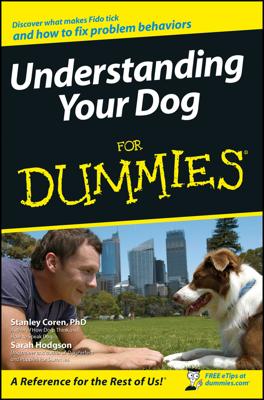Giving your pet a little something special from time to time isn’t going to do him any harm and can be very useful in training situations, or when you’re trying to keep him occupied while he’s home alone. Here are a couple things to keep in mind, however:
All things in moderation. Treats, whether store-bought or from your dinner plate, don’t make a good diet for your pet. And keep in mind that dog treats don’t have to meet the same stringent nutritional requirements as dog foods; in fact, they don’t have to meet any requirements at all.
So if you’re giving your pet too many — some sources say anything more than 10 percent of a dog’s diet — you may be throwing complete and balanced nutrition out the door. Excess amounts of treats only hurt your canine companion.
Avoid some foods entirely. Some human foods, such as chocolate, grapes, raisins, and onions are toxic to canines. Food that’s heavily spiced or fatty can upset your dog’s digestion, leading to diarrhea, vomiting, or even a life-threatening ailment such as pancreatitis.
Think before you treat. If you give your dog treats from your plate, you can’t complain that he’s a pest at mealtime. And if your dog’s supposed to be losing weight, don’t give any treats at all.
The standard dog-treat items fall into three categories:
Biscuits and cookies: The marketplace for biscuits and cookies has changed dramatically in recent years. Your choices used to be basically Milk Bones, small, medium, or large. Milk Bones are still around and doing well, but they get some competition for other commercial companies and gourmet dog cookies.
Them bones, them bones, them fresh bones: Cooked poultry bones are a ticket to the veterinary emergency room, and should be avoided at all costs. However, other meat bones give your dog a special treat and do his body some good. Beef bones, big and sturdy, are your best choice.
Oxtails are good for small-or medium-sized dogs, but don’t hold up too well to big, aggressive chewers. Beef knuckle or leg bones are good for all dogs. Leave them whole for big dogs, or have them cut to a more manageable size for smaller ones.
You can ask for bones at the grocery store, or try your local butcher shop, and remember that no matter where you get them, they’re a messy treat best for chewing outdoors or in the kitchen.
If you have more than one dog, you may want to forget fresh bones because they can cause fights. Likewise, unless you’re 100 percent sure of your dog’s gentleness, don’t give bones to your dog if children are around — a snap could result. For your dog’s safety, trim the fat off the bones first or the fat could end up triggering diarrhea or worse.
Animal-based chews: While rawhide — made from the skins of cattle — has been a popular dog treat for a long time, in recent years there doesn’t seem to be any part of any animal intended for human consumption that hasn’t ended up being marketed as a dog treat including horse and cattle hooves and pig, lamb, and cow ears.
Know your dog’s chewing style to determine which treats suit him. Pressed rawhide and large knots are best for hearty chewers. Watch to see that your dog isn’t swallowing big chunks, and discard these treats when they become worn enough to be swallowed in one big gulp.

